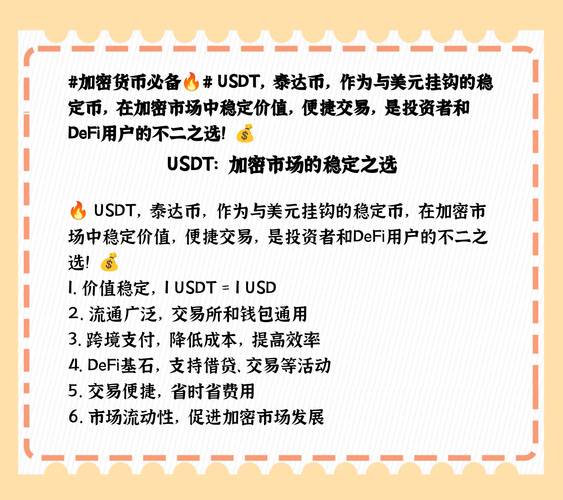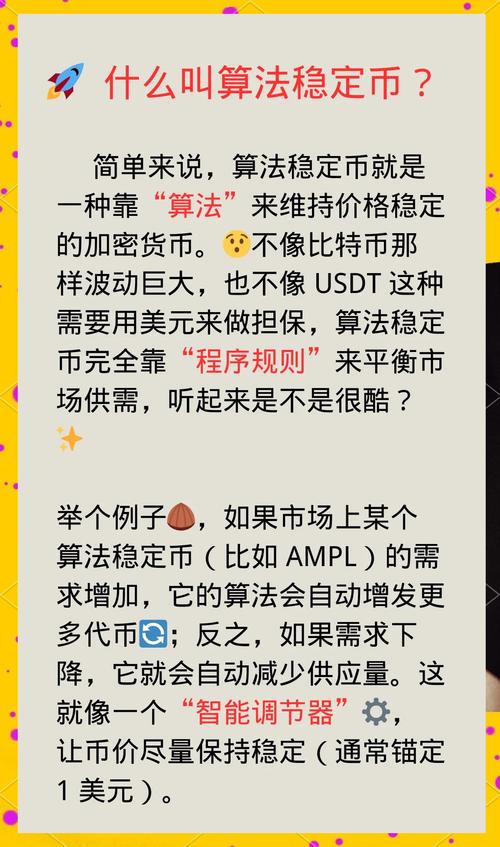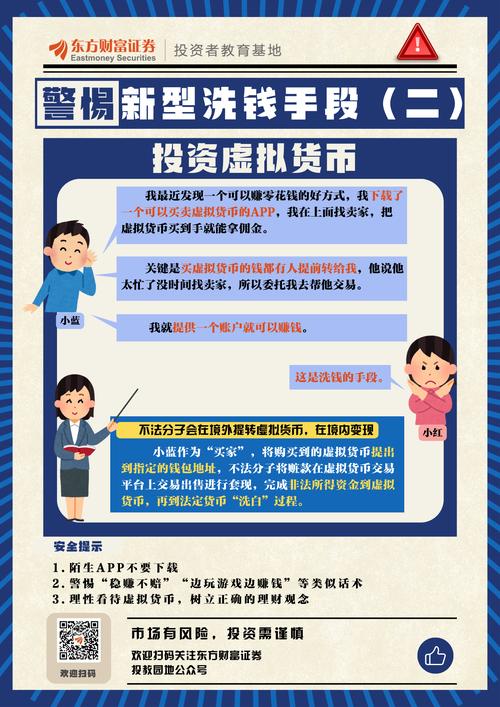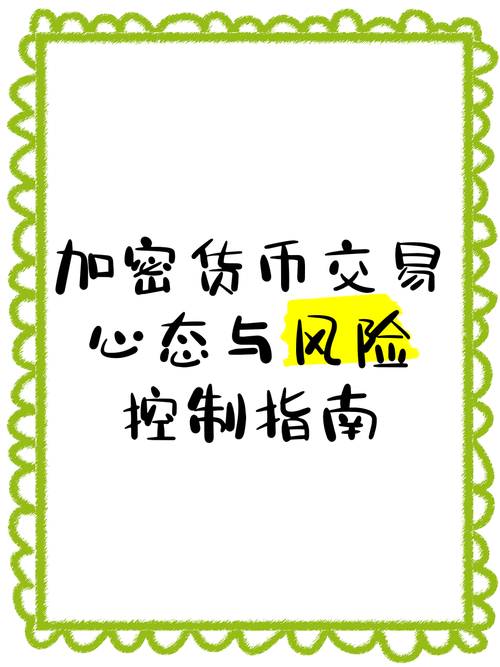
Web3.0来袭
互联网技术持续发展,已经从Web1.0过渡到了Web2.0,如今Web3.0正快速崛起。Web3.0也被誉为“分布式互联网”,它带来了去中心化、智能化和安全性的提升,为互联网的将来拓展了无限可能。比如,最近几年,众多企业都在积极进行战略布局,力争在这场变革中抢占先机。
它与传统互联网有着明显的不同,在传统互联网中,数据主要被少数服务提供者所控制,而用户在这个过程中往往显得较为被动。但Web3.0技术让用户有机会重新获得对自身数据信息的掌控权,就像是从别人手中夺回属于自己的宝贵物品。
去中心化核心魅力
在传统的网络模式里,用户与提供服务的企业间仅存在单方面的联系。举例来说,某些大型平台会搜集用户的大量信息,用以分析和从中获利,但用户却无法从中获得任何利益。然而,在Web3.0时代,去中心化的特性使得数据归用户所有,这不仅能够防止数据被滥用,还能增强用户的自主权。
电商平台若舍弃了庞大的集中式管理组织,商家与消费者便能够直接交流与合作,这样的做法简化了复杂的中间环节,从而使交易过程变得更加迅速。这种变化正是Web3.0去中心化模式所引发的革新,它有潜力重塑互联网的商业版图。
pragma solidity ^0.4.0;
contract HelloWorld {
string public message;
function HelloWorld(string initMessage) {
message = initMessage;
}
function setMessage(string newMessage) {
message = newMessage;
}
}
智能合约大显身手
智能合约是Web3.0的核心组成部分,它基于区块链技术,可以自动执行和核实合同内容。以往签署合同时,手续繁琐,纸质文件众多,而且还要担心违约等风险。智能合约的出现,大大简化了这一流程。比如在租房合同中,租金可以自动按照约定支付,有效减少了纠纷的发生。
以一个简单的例子为证,比如一个用于管理信息查阅的智能合约,用户便可以不必依赖第三方来沟通,这种设计不仅加快了合约的运行效率,而且提高了使用上的便利与安全保障,从而使交易变得更加直接且让人安心。
区块链坚实后盾
// 创建一个区块
class Block {
constructor(index, timestamp, data, previousHash) {
this.index = index;
this.timestamp = timestamp;
this.data = data;
this.previousHash = previousHash;
this.hash = this.calculateHash();
}
calculateHash() {
return SHA256(this.index + this.timestamp + this.data + this.previousHash).toString();
}
}
// 创建一个区块链
class Blockchain {
constructor() {
this.chain = [this.createGenesisBlock()];
}
createGenesisBlock() {
return new Block(0, new Date(), "Genesis Block", "0");
}
getLatestBlock() {
return this.chain[this.chain.length - 1];
}
addBlock(newBlock) {
newBlock.previousHash = this.getLatestBlock().hash;
newBlock.hash = newBlock.calculateHash();
this.chain.push(newBlock);
}
isValid() {
for (let i = 1; i < this.chain.length; i++) {
const currentBlock = this.chain[i];
const previousBlock = this.chain[i - 1];
if (currentBlock.hash !== currentBlock.calculateHash()) {
return false;
}
if (currentBlock.previousHash !== previousBlock.hash) {
return false;
}
}
return true;
}
}
// 创建一个区块链实例
const blockchain = new Blockchain();
// 添加新的区块
blockchain.addBlock(new Block(1, new Date(), { amount: 100 }));
blockchain.addBlock(new Block(2, new Date(), { amount: 200 }));
// 验证区块链是否有效
console.log("Is blockchain valid? " + blockchain.isValid());
区块链技术是Web3.0的支柱。它依托于去中心化、不可篡改的分布式账本,能够记录包括交易和资产在内的各种信息。在金融领域,这种技术保证了每笔交易记录的真实性和可靠性,有效阻断了篡改的可能,进而提高了交易的安全性和公开性。
每个区块都承袭了前一个区块的哈希值,这样的做法形成了一个无法被篡改的序列。这就像是一根接力棒,环环相扣。借助这种机制,区块链能够有效遏制数据的篡改和欺诈行为,保证了数据的真实性,为Web3.0的进步打下了坚实的基石。
去中心化应用程序潜力
// 创建一个简单的DApps
const DApps = {
state: {
count: 0
},
mutations: {
increment(state) {
state.count++;
}
},
actions: {
increment(context) {
context.commit("increment");
}
}
};
// 创建一个Vue实例
const app = new Vue({
el: "#app",
data: {
count: 0
},
methods: {
increment() {
this.count++;
}
}
});
// 将DApps与Vue实例进行绑定
Vuex.Store(DApps);
Vue.use(Vuex);
// 在Vue实例中使用DApps
app.$store.dispatch("increment");
去中心化应用程序,也就是DApps,是依托区块链技术构建的,它们能够在不依赖中心化服务器的前提下独立运行。以游戏领域为例,在传统游戏中,数据通常由服务器管理,这使得玩家的权益难以得到有效保障。但DApps游戏却让玩家拥有了对自己数据的完全掌控权。
DApps在安全性能方面表现出色,透明度也相当高。这为用户带来了优质的隐私和数据安全保障。与此同时,企业和开发者们已经认识到了DApps的巨大潜力,纷纷投入了大量的资源用于开发各种应用。这一举措有力地推动了Web3.0生态系统的快速成长。
加密货币便捷交易
// 创建一个简单的加密货币
class CryptoCurrency {
constructor() {
this.chain = [this.createGenesisBlock()];
this.difficulty = 4;
}
createGenesisBlock() {
return new Block(0, new Date(), "Genesis Block", "0");
}
getLatestBlock() {
return this.chain[this.chain.length - 1];
}
addBlock(newBlock) {
newBlock.previousHash = this.getLatestBlock().hash;
newBlock.mineBlock(this.difficulty);
this.chain.push(newBlock);
}
isValid() {
for (let i = 1; i < this.chain.length; i++) {
const currentBlock = this.chain[i];
const previousBlock = this.chain[i - 1];
if (currentBlock.hash !== currentBlock.calculateHash()) {
return false;
}
if (currentBlock.previousHash !== previousBlock.hash) {
return false;
}
}
return true;
}
}
// 创建一个简单的加密货币交易
class Transaction {
constructor(fromAddress, toAddress, amount) {
this.fromAddress = fromAddress;
this.toAddress = toAddress;
this.amount = amount;
}
}
// 创建一个简单的区块
class Block {
constructor(index, timestamp, data, previousHash) {
this.index = index;
this.timestamp = timestamp;
this.data = data;
this.previousHash = previousHash;
this.nonce = 0;
this.hash = this.calculateHash();
}
calculateHash() {
return SHA256(this.index + this.timestamp + this.data + this.previousHash + this.nonce).toString();
}
mineBlock(difficulty) {
while (this.hash.substring(0, difficulty) !== Array(difficulty + 1).join("0")) {
this.nonce++;
this.hash = this.calculateHash();
}
}
}
// 创建一个加密货币实例
const cryptoCurrency = new CryptoCurrency();
// 创建一个交易
const transaction = new Transaction("address1", "address2", 100);
// 添加新的交易
cryptoCurrency.addBlock(new Block(1, new Date(), { transaction }));
// 验证加密货币是否有效
console.log("Is cryptoCurrency valid? " + cryptoCurrency.isValid());
加密货币作为Web3.0的核心技术之一,其基础是区块链技术。这一技术在全球范围内推动了安全、快速、方便的交易模式。以比特币为首的加密货币,受到了全球范围内的广泛关注。在跨境支付方面,加密货币的使用能迅速完成资金结算,并且有助于降低交易成本。
它通过密码学技术来保障交易的安全可靠。不过,它同时也存在波动性较大的挑战。尽管存在这样的问题,加密货币在Web3.0金融体系中依然占据着核心地位,对全球数字经济的增长起到了推动作用。
pragma solidity ^0.4.24;
contract Voting {
// 候选人结构体
struct Candidate {
string name;
uint voteCount;
}
// 候选人数组
Candidate[] public candidates;
// 投票人地址到投票状态的映射
mapping(address => bool) public voters;
// 添加候选人
function addCandidate(string _name) public {
candidates.push(Candidate(_name, 0));
}
// 投票
function vote(uint _candidateIndex) public {
// 如果已经投过票,则抛出异常
require(!voters[msg.sender]);
// 如果候选人不存在,则抛出异常
require(_candidateIndex < candidates.length);
// 修改投票人状态为已投票
voters[msg.sender] = true;
// 候选人得票数加1
candidates[_candidateIndex].voteCount++;
}
// 获取候选人数量
function getCandidateCount() public view returns (uint) {
return candidates.length;
}
// 获取候选人信息
function getCandidate(uint _index) public view returns (string, uint) {
return (candidates[_index].name, candidates[_index].voteCount);
}
}
你能否预见Web3.0未来是否会彻底改变我们的日常生活和办公方式?欢迎各位留言讨论,别忘了给这篇文章点个赞,还有将它转发出去。




